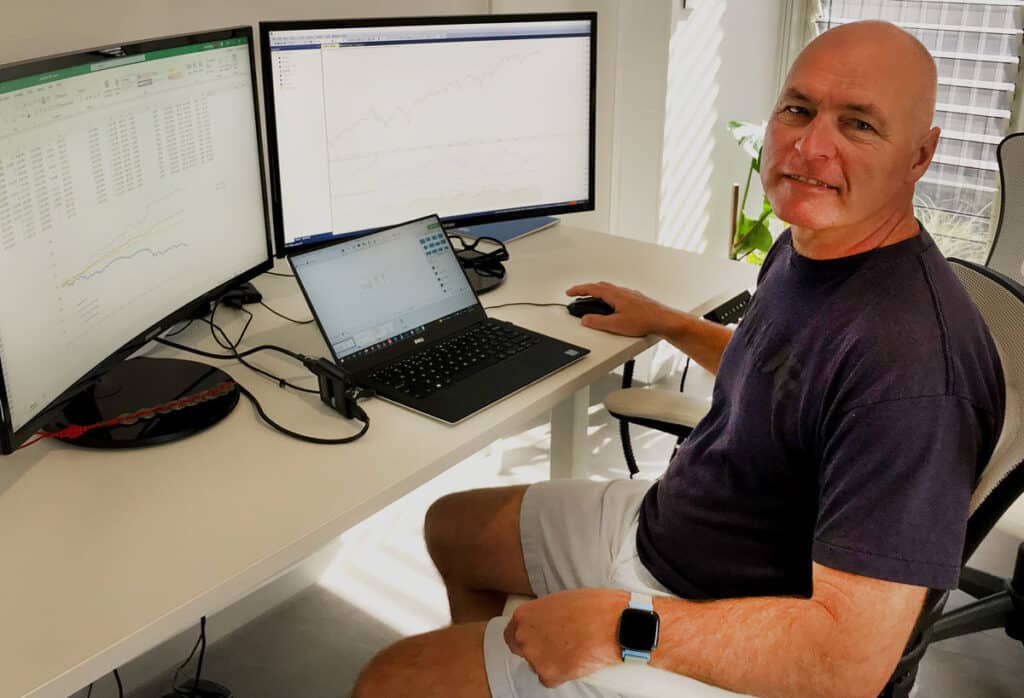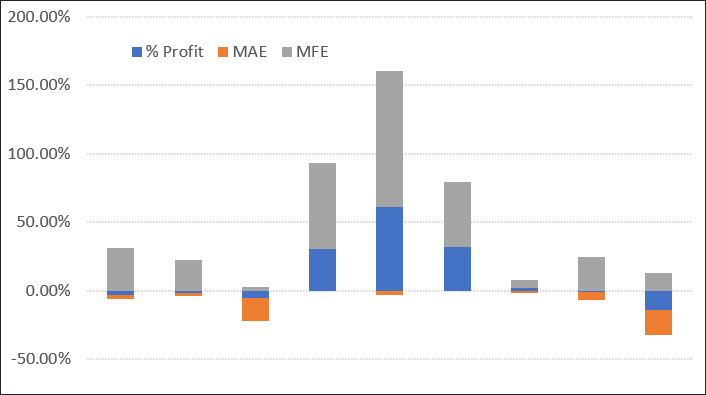
How does Your Trading Strategy Make Money?
Do you have to know why your strategy makes money? Is there a point when you’ve got to step back and say this isn’t working?
You’ve got to firstly and foremost, before you even start trading, understand why your strategy will make money. Okay, that’s the key right there. If you don’t know why your strategy is making money, then you’re going to find it very difficult to keep pushing forward when the hard times come. So for example, let’s take a basic trend following strategy that trades long-only in equities. We know that our mathematical expectancy is created by riding trends, and cutting the losses short. So that’s how we make money. But we can also know that sometimes the stock market will go through periods where it’s either going down, and we may stay in cash, or it’s trendless and goes sideways. Now, that’s something that’s happened in the small ordinaries here in Australia over the last couple of years. The small ordinaries are basically at the same level as it was four or five years ago. So it has been trading sideways.
2010 Example
I remember the last quarter of 2010 as an example, where in a three month period our trend following model made about 24% return. And for the other eight, nine months of the year it did absolutely nothing. So most people I’ve come across would be pretty happy for a 24% return, no doubt about that. But most people are not happy sitting there for eight months waiting for that great three month period to come along.
So, to get back to the question, you have to know why your strategy makes money. That’s the key. Once you understand why your system will make money then you can start to answer questions as to why it’s not doing so well during those down periods.
Trend Following Model
So, I know why a trend following model in the resource stocks wouldn’t be doing particularly well at the moment; because the resource sector is underwater and going down. Doesn’t mean the model is broken. It just means that it’s out of sync with the market, and one day it will come back into sync. So what a lot of amateurs try and do is avoid those periods of time, whereas a professional doesn’t avoid them; they accept that it’s part of the journey.
Rather than avoid those periods of time, what you should do is add a second or a third system or strategy to the mix. So you have different strategies doing different things that make money in different environments. I think a lot of people want to avoid the pain completely. I guess that’s natural human tendency to avoid pain. But rather than avoid the pain, what you should do is keep pushing through, and add more strategies to the mix to diversify.
If you are interested in trend following strategies have a look at our Growth Portfolio


